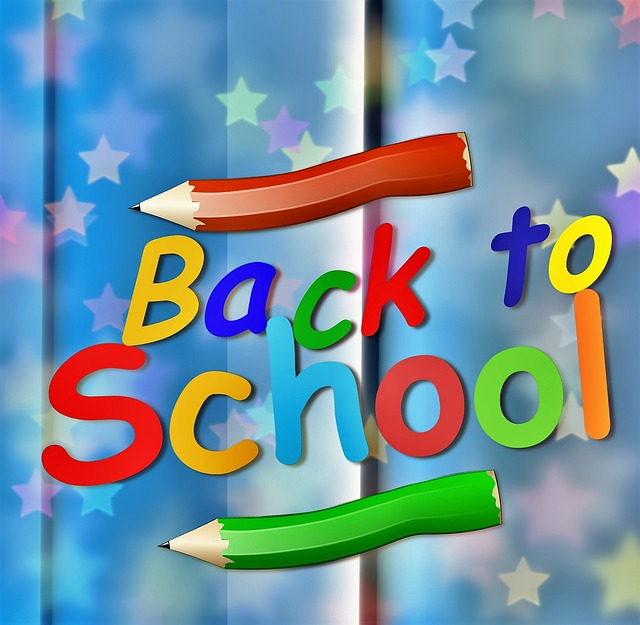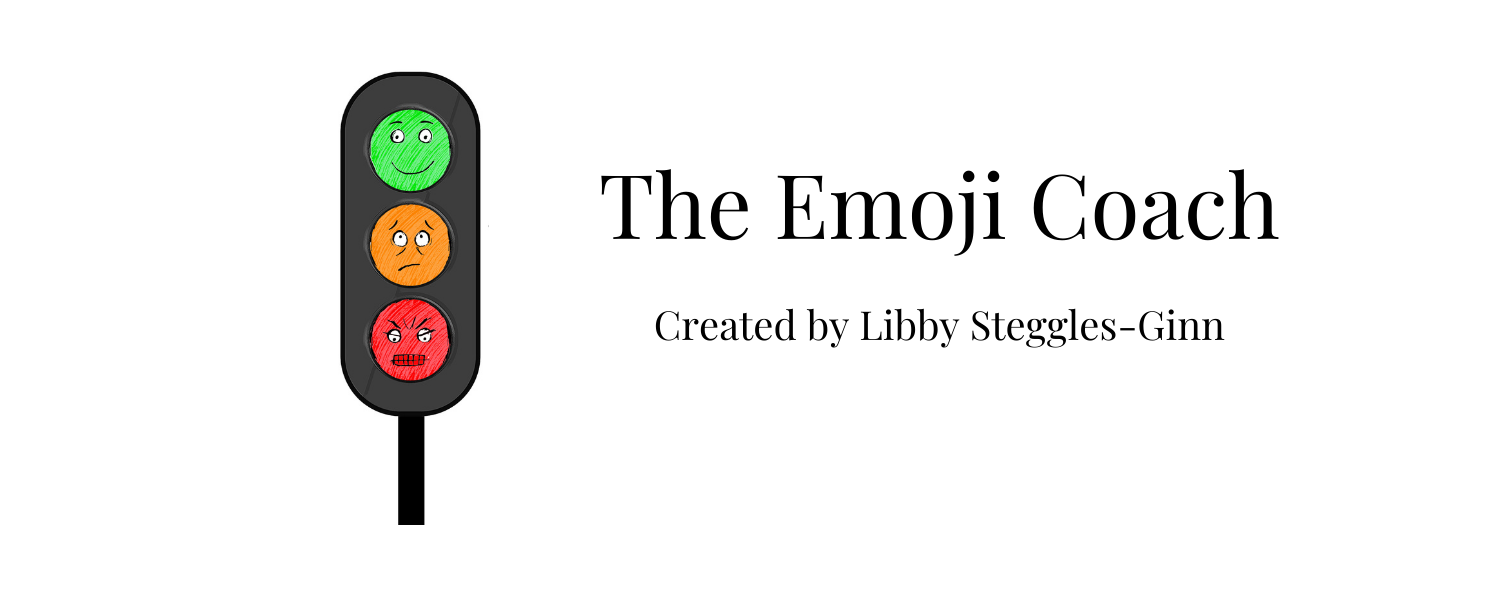
Top tips to help your child feel happy and confident going back to school.

Well, it seems to have been a long summer. Plenty of time to get out of the normal routine.
Your child may be feeling anxious about going back.
So, how do you help your child have a smooth transition back into school?
Below are some tips for you to help your child feel happy and confident going back to school.
Happy kids = happy parents.

Playdates.
The summer can feel like it’s been a long time since seeing their school friends.
Organise play dates before they go back to school so they can have some fun and the next time they’ll see them will be in the playground.
Some children feel anxious before going back to school and tell you that they don’t have any friends. Last time they were at school with them they’d had an argument etc.
It’s about helping your child to move on from any disagreements.
Tool
Help your child to imagine they have an old suitcase.
Explain to them that all the negative things that they feel happened at the end of the term can now be put in this suitcase.
Help them to see themselves locking the suitcase.
Explain that they now have a choice, they can take the suitcase with them into a new term which will mean all the negative feelings will go with them, or they can choose to put the suitcase in a cupboard on the top shelf and leave it there. All of the negative events will just disappear and they can then have a fresh start.
Routines.
Bedtime.
You don’t want your child to be feeling like this during class!

Start to help your child get back to the normal bedtime routine a few days before school starts.
Get them relaxed and into bed earlier and wake them up the following morning earlier each day, so they don’t have a quite as long lie in.
Meal time routines.
It’s easy to eat later than usual in the holidays as you may get up later and go to bed later.
Get back into your usual mealtime routine so your child won’t be expecting breakfast at 11 am in the middle of a lesson.
Organised
By now all the uniforms should be ready for your child.
If you have bought new shoes for them, let them wear them around the house, so there are no blisters!
Help your child pack their bag before they start school and get their clothes ready the night before. This will help them to feel calmer.
Some children love to get new stationary, pack lunch boxes, bags, etc. as this really motivates them to go back to school. You don’t have to spend a fortune; there are plenty of bargain shops around now.
Feelings.
Not all children talk about what’s going on for them, they just “get on with it” and that’s okay as long as they’re not dealing with something by themselves or pushing a problem down. If your child is showing certain negative behaviour, then they may well be feeling worried or anxious about going back to school. There is always a reason why your child behaves in a certain way.
Your child may be telling you that they are worried about going back to school. They may start to have a headache or tummy ache.
It’s important to be present and listen to your child if they are feeling worried.
Once you begin listening to your child, it’s very tempting to try to fix things rather than carry on listening. The last thing you want is to see your child in pain.
TOP TIP
When listening to your child, it is really good to reflect back to them. If your child says “I’m really worried about starting big school.”
Rather than saying, “Oh you’ll be fine, don’t worry.”
Try,
“So, you’re feeling really worried about going back to school because…” Your child will immediately feel understood and tell you more.
If your child says: “I won’t make any friends, nobody will like me.”
Rather than,
“Oh don’t be silly, of course, you’ll make new friends, you’re so lovely who wouldn’t want to be your friend?”
Try,
“So you feel like no one will like you?”
This again will encourage your child to tell you more as they will immediately know you understand them and how they are feeling.
Once you have more information, you can then build on that.
For Example:
“Okay, well let’s look at the friends you do have now and how much they like you.”
Ask them what they feel they like about themselves and what they think their friends like about them to start building self-esteem.
Q: “Who do you know that’s going to school with you that you like?”

Build on your conversation, reflecting back and allowing your child to talk. Often, just giving them that space enables them to change their thoughts themselves.
Asking questions builds and encourages their awareness, and they will start to work through their worries just by talking and answering the questions themselves.
Remember, give them your attention instead of giving them your verdict.
Change, “I am”, to “I feel”.
Quite often when we talk about our feelings, the language we use is “I am angry, I am worried, I am stressed.” This is something that children also do.
If this is something, you or your child does then let’s change this now!
When you say, “I am angry” you’re taking ownership of that emotion and it’s a lot harder to change, it’s almost like it becomes your identity.
So change it to “I FEEL angry” or “I feel sad, I feel worried,” etc.
TOP TIP
If your child is saying “I am scared” it is important when reflecting back to change the I am and say:
“So you FEEL scared….”
If your child is saying “I am worried…” “You’re feeling worried.”
Practice this, and you will automatically start changing the “I am” to “I feel.”
Talking about your feelings is great and so important, as is connecting with your emotions.
A tool to use.
If your child is quite anxious or worried then ask them:
Where in your body are you feeling this emotion? Ask them to place their hands on that area.
What colour is it?
If It was a shape, what shape would it be?
Are there any sounds with it?
Quite often just by connecting with the emotion in this way it can change, so just allow your child some space to sit with it.
You can ask your child, “If it were a calmer feeling…”
- What colour would it be?
- What shape would it be?
- Would the sound be different?
Suggest to your child that they can now change the emotion to the feeling that they want so that they feel calmer and happier.
Breathing technique.
Sit down in a comfortable position and close your eyes.
Slow your breathing down.
Breath in for 7 and out for 11. If you can’t breathe in for that length, then breath in for 5 and out for 8. As long as the out breath is longer than the in breath.
This will immediately calm you down.
The Glitter jar.
The glitter jar is a mindfulness tool and is in a separate post on this website. It is very good for calming children’s emotions down.
This will also help your child learn that emotions aren’t scary monsters. Emotions also just want us to listen to them!
Talk to their teacher if you have any concerns and put their teacher in the picture as they can then give extra emotional support if need be.
I’m sure your child/children will have a smooth transition back into school and you’ll be back into your normal routine before you know it.
If your child struggles with their confidence and self-esteem or you’re concerned about how stressed and anxious, they are feeling then go to www.theemojicoach.com and log in and register as a parent or teacher. Then you will be able to access free resources.
There are E-books for when your child starts primary and secondary school, meditations to help sleep and worries. Tools to help calm your child and “The Emoji Chart” A tool to help your child express how they feel using reusable Emoji stickers.
Or, contact me on libby@theemojicoach.com
07882 333386

Libby
The Emoji Coach






Recent Comments